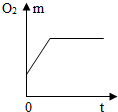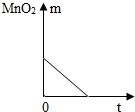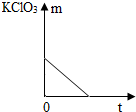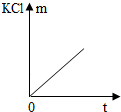问题
多选题
两种氧化物的固体混合物共5.6g,跟7.3%的盐酸100g恰好完全反应,则该混合物可能是( )
A.MgO和ZnO
B.CaO和CuO
C.MgO和CuO
D.CaO和MgO
答案
设跟7.3%的盐酸100g恰好完全反应的氧化物的化学式为RO,R的相对原子质量为x,则化学方程式为:
RO+2HCl=RCl2+H20
x+16,73
5.6g,7.3%×100g
∴
=x+16 73 5.6g 7.3%×100g
解之得:x=40,
故两种氧化物中,金属的相对原子质量应该一个大于40,一个小于40,
A、Mg的相对原子质量为24<40,Zn的相对原子质量为65>40,故A适合;
B、Ca的相对原子质量为40,Cu的相对原子质量为64,不满足一个大于40,一个小于40的要求.故B不适合;
C、Mg的相对原子质量为24<40,Cu的相对原子质量为64>40,故C适合;
D、Ca的相对原子质量为40,Mg的相对原子质量为24<40,故D不适合.
故选AC.




